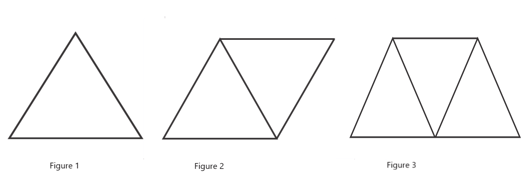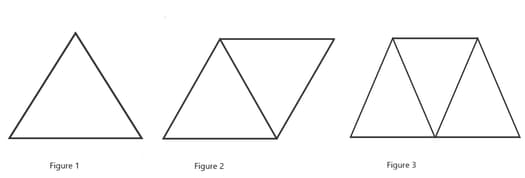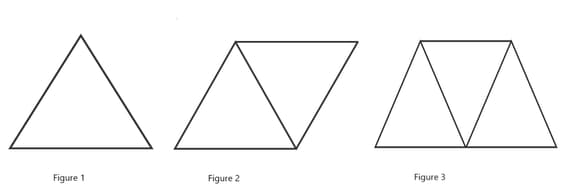Arithmetic Progression
Arithmetic Progression: Overview
This topic covers concepts, such as, Arithmetic Progression (A.P.), Common Difference of an A.P., nth Term of an A.P., Sum of First n Terms of an A.P & Properties of A.P. etc.
Important Questions on Arithmetic Progression
Katharina and carolina go to a swimming pool. they both swim the first length of the pool in minutes seconds. The time that katharina takes to swim each subsequent length is seconds more than she look to swim the previous length. The time that carolina takes to swim each subsequent length is times that which she took to swim the previous length.
katharina and carolina swim a total of length of the pool.they start at exactly at the same time.
Show that katharina completes the lengths before carolina.
Hence state the value of the time difference, correct to the nearest second, between their total times.
Katharina and carolina go to a swimming pool. they both swim the first length of the pool in minutes seconds. The time that katharina takes to swim each subsequent length is seconds more than she look to swim the previous length. The time that carolina takes to swim each subsequent length is times that which she took to swim the previous length.
katharina and carolina swim a total of length of the pool.they start at exactly at the same time.
Show that katharina completes the lengths before carolina.
Katharina and carolina go to a swimming pool. they both swim the first length of the pool in minutes seconds.
The time that katharina takes to swim each subsequent length is seconds more than she look to swim the previous length.
The time that carolina takes to swim each subsequent length is times that which she took to swim the previous length.
State the time katharina takes to swim the third length.
Mr williams is about to retire, and he needs to decide how his pension should be paid. His pension provider offers him three payment options:
option 1: each year for years.
option 2: in the first year,and then the amount increases by in each subsequent year for for a for a total of years.
option 3: in the first year, and then the amount doubles in each subsequent year for a for a total of years.
Determine which option has the greatest total value. Justify your answer by showing all appropriate calculations.
Consider the sum , where is a positive integer greater than .
Given that , find the value of .
are consecutive values of a sequence . Find the value of for which is a non-constant arithmetic sequence, stating its general term.
The th term, of an arithmetic sequence is given by the formula .
Explain why is not a term in this sequence.
The th term, of an arithmetic sequence is given by the formula .
State the th term of the sequence.
The th term, of an arithmetic sequence is given by the formula .
State the first term of the sequence.
A sequence is given by .
Show that this sequence is arithmetic.
Consider this sequence of figures.

Figure contains three line segments.
Find the total number of line segments in the first figures.
Consider this sequence of figures.

Figure contains three line segments.
Given that Figure contains line segments, show that .
Consider this sequence of figures.

Figure contains three line segments.
Find the number of line segments in Figure .
If is the sum of the first terms of the arithmetic series
Find the value of for which .
Write down an expression for the sum of the first terms of the arithmetic series
Consider the arithmetic series
Find the value of .
Consider the arithmetic series
Find the number of terms in this series.
The first term of an arithmetic sequence is and the common difference is .
Find the the smallest value of for which .
The first term of an arithmetic sequence is and the common difference is .
Write down the general term of this sequence.
The first term of an arithmetic sequence is and the common difference is .
Find and .
